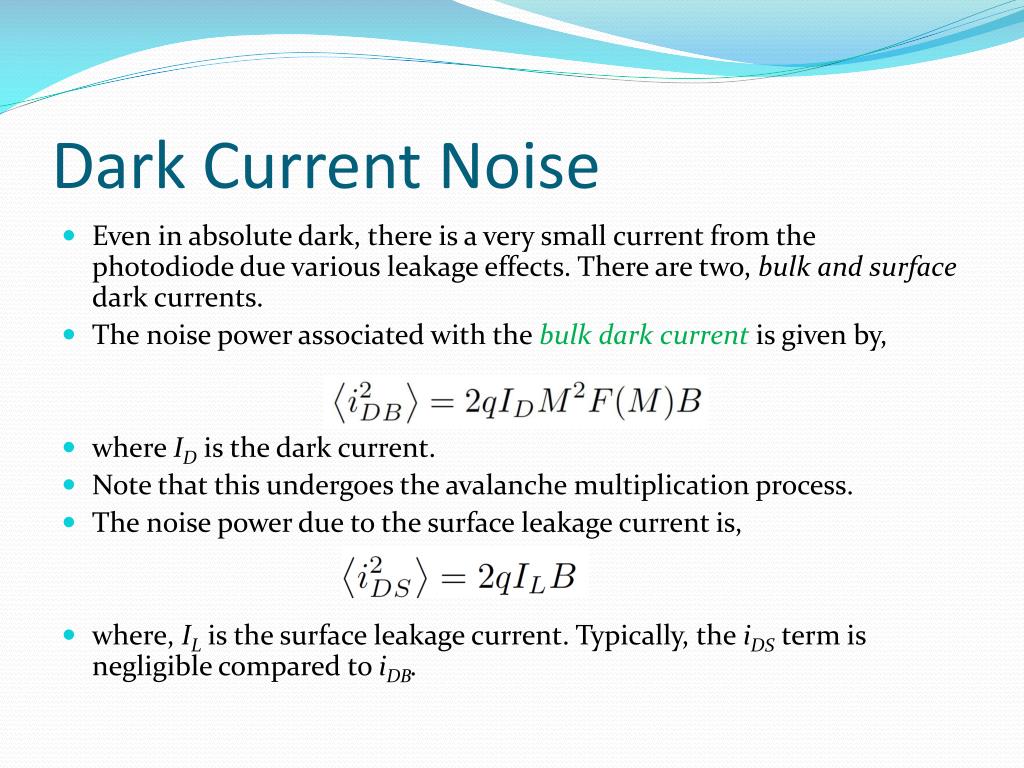
This is why scientific cameras often feature fans and will state their operating temperature in the datasheet, in order to reduce the effects of noise sources such as dark current. In general, for every 6-7 ☌ the sensor can be cooled, the effects of dark current are halved. Scientific cameras can use thermoelectric (TE) or Peltier cooling in combination with forced air or liquid cooling in order to reduce the temperature of the sensor during operation, as seen in Fig.2. However, as dark current is dependent on the temperature its effects can be reduced using cooling. The higher the dark current, the less able a camera is to perform long-exposure imaging. This indicates how many electrons build up on each pixel for every second of exposure, typically shown as e –/p/s. This is known as the dark current.Įvery model of scientific camera, whether using a CCD, EMCCD, or CMOS sensor, will have a dark current specification. Unfortunately, the camera sensor doesn’t know the difference between these types of electrons, and so any thermal electrons that accumulated in the sensor pixel wells (along with the photoelectrons) are counted as signal upon readout, despite not being part of the signal from the sample. These thermal electrons are independent of the photoelectrons generated proportional to the photons (light intensity) falling on the sensor. As a camera sensor is exposing an image, the electronics in the camera will heat the sensor, and this accumulation of thermal energy causes thermal electrons to build up on the sensor. Dark Currentĭark current arises from thermal energy within the camera sensor. This noise will spread across the camera as the heat increases over long exposures and will impact image quality. Pattern noise is common within sCMOS sensors and is caused by the variations in the responsivity of individual pixels on the sensor.Figure 1: Thermal build-up and dark current noise at the edges of a camera sensor. When signal is multiplied through EM-gain so is the CIC, multiplying the noise. Although CIC does not contribute much to overall noise it is evident in EMCCD sensors. During transfer there is a small probability ionization will occur adding unwanted CIC. Although it increases with signal it is more evident at lower signals.Ĭlock induced charge (CIC) is generated by the transfer of charge through the device. It cannot be controlled and is expressed as the square root of the signal. Photon shot noise is the noise generated from the natural fluctuation of photons and is emitted randomly.


Dark current noise is the charge generated from dark current and is common across all sensor types but can be reduced by deep cooling of the camera. The lower the read noise, the easier it is to detect weak signals.ĭark current is caused by thermally generated electrons, which build up on pixels regardless of whether the sensor is exposed to light. It is the accumulation of all the noise generated by each system component during the conversion of the charge on each pixel into a signal. Read noise is the noise generated by the electronics of the camera during readout. It can be produced by the sensor, the electronics, temperature of the system and by fluctuation phenomena. Noise is the variation in signal that results in uncertainty in the image data. RMS is more representative of the actual read noise. Hence, read noise for sCMOS detectors is quoted as both root mean square (RMS) and median on the datasheet. This results in the read noise following a skewed histogram rather than a Gaussian distribution. sCMOS detectors, however, have one readout structure for every pixel column. This means that any read noise follows a Gaussian distribution, with a peak read noise for the detector. It also allows for a higher dynamic range, allowing for the difference between signal levels to be detected more accurately.ĬCD, EMCCD, ICCD and InGaAs cameras all have one readout structure, into which charge from the entire pixel array is converted. The lower the read noise, the easier it is to detect weak signals that may have been hidden by higher noise levels.


It is an accumulation of all the noise generated by each system component required to convert the charge of each pixel into a signal. Read noise is the noise generated by the electronics of the camerawhen the charge stored within the pixels is read out.


 0 kommentar(er)
0 kommentar(er)
